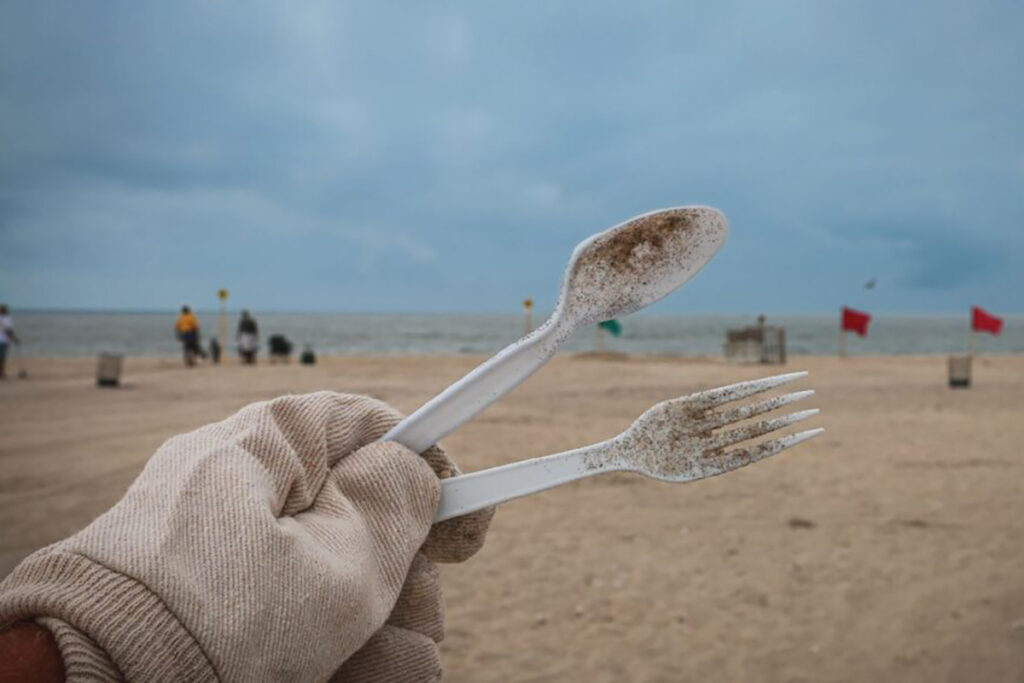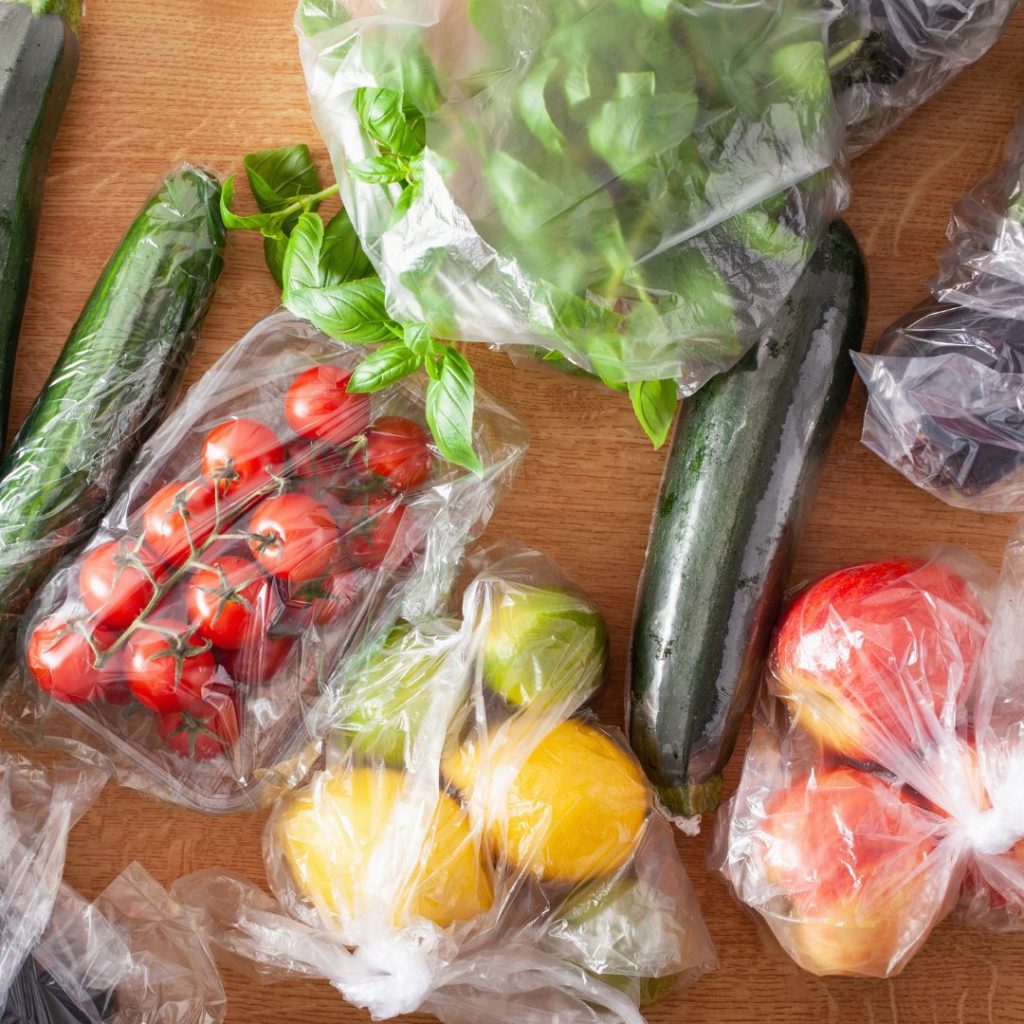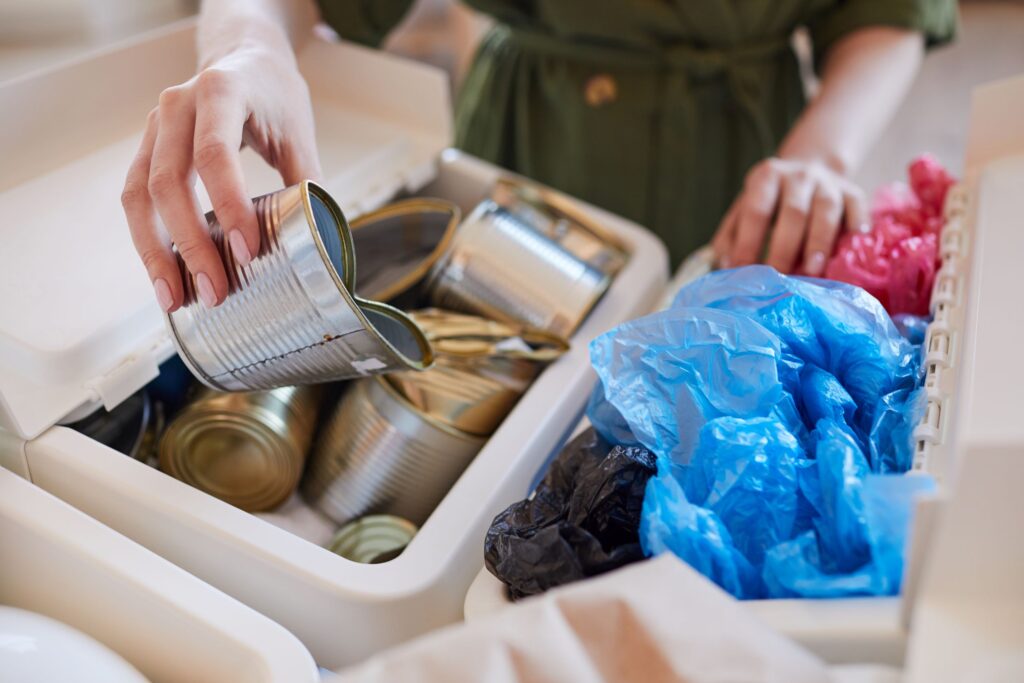Plastic Reduction Program
Will you help us protect the ocean from plastic?
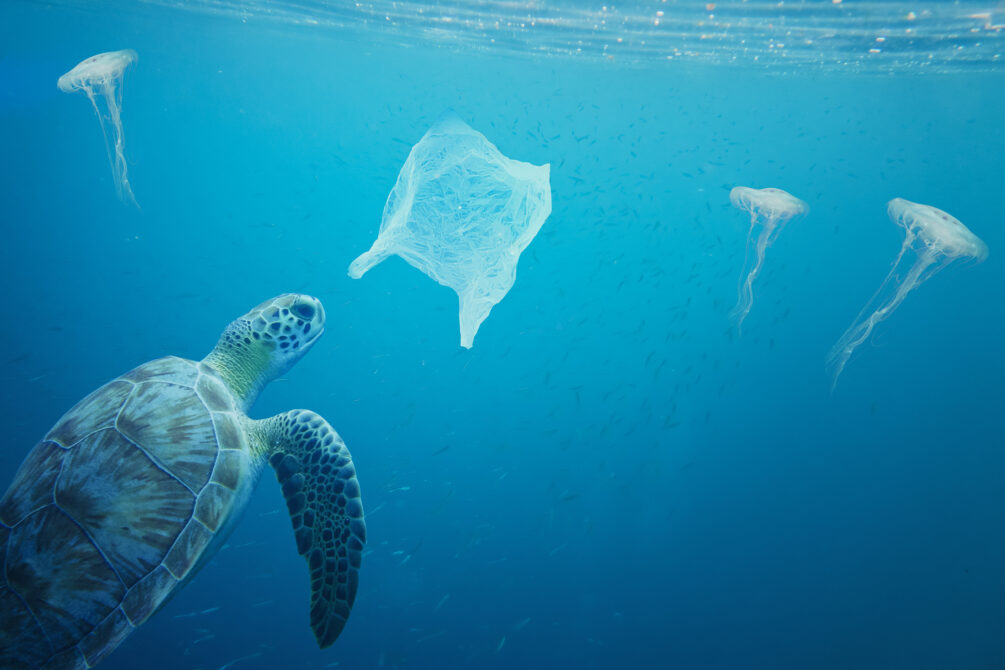
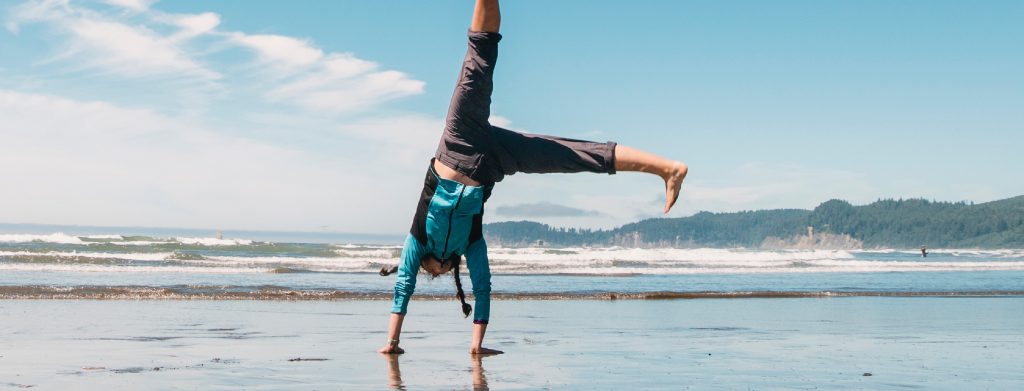
View our Plastic Tips!
By adopting available solutions, we can reduce the flow of plastic into the ocean by 80%.
The problem with plastic…is us. Plastic is a reliable, cheap to produce, and useful, but we don’t value it. More than 40% of plastic produced is designed for single use, and from the plastic we do discard in Canada, only 9% is recycled in Canada. Our addiction to plastic has led to its widespread infiltration to almost every part of our world. Researchers at Ocean Wise and other conservation organizations are finding more and more plastic every time they look – from deep sea sediment to the ocean surface. Science tells us if we act now, we can make a difference. Starting with the Plastic Pledge and Plastic Challenge for individuals, and the Plastic Reduction Program for businesses, we can each make a difference in our plastic waste.
Not sure where to begin? Watch this video.
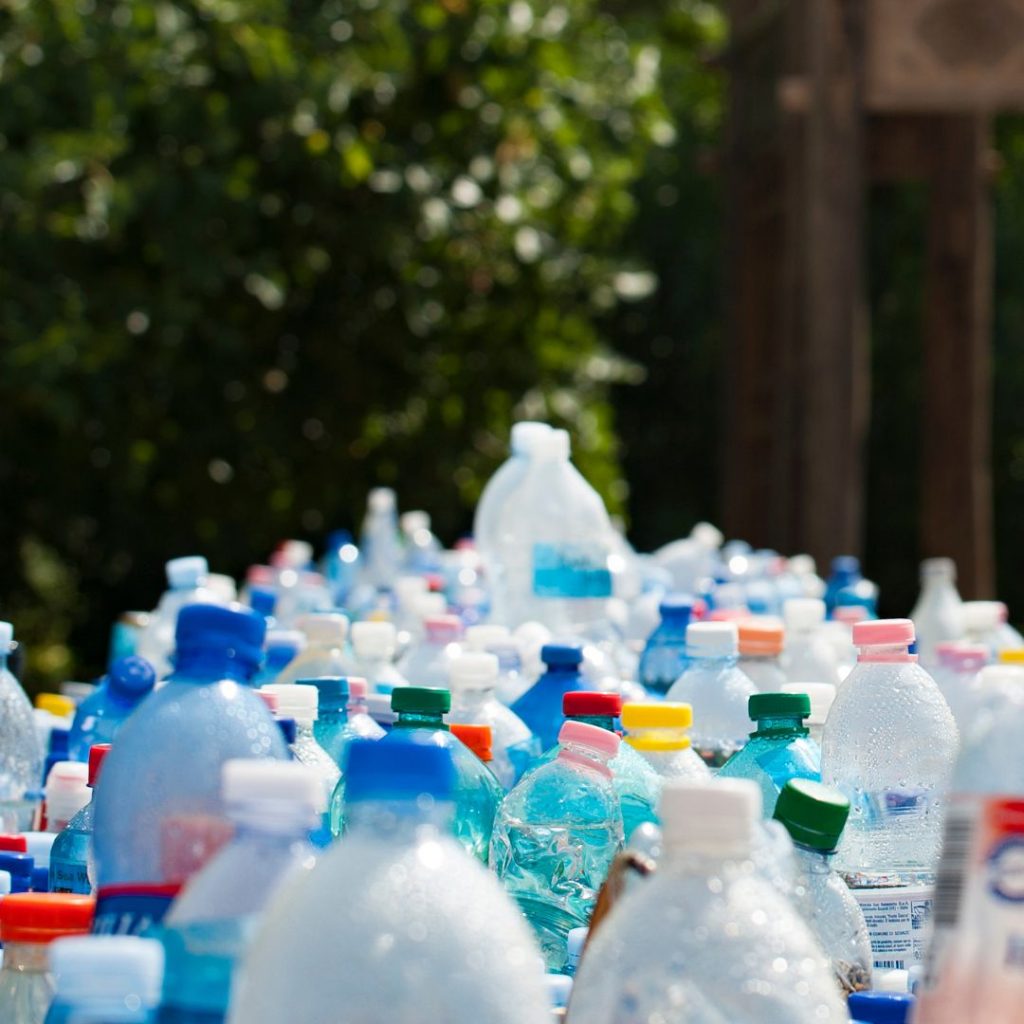
Our throw-away culture
Did you know over 348 million tonnes of plastic are produced annually? It is estimated that 40% of plastic produced is for packaging and singe use items like those found in households.
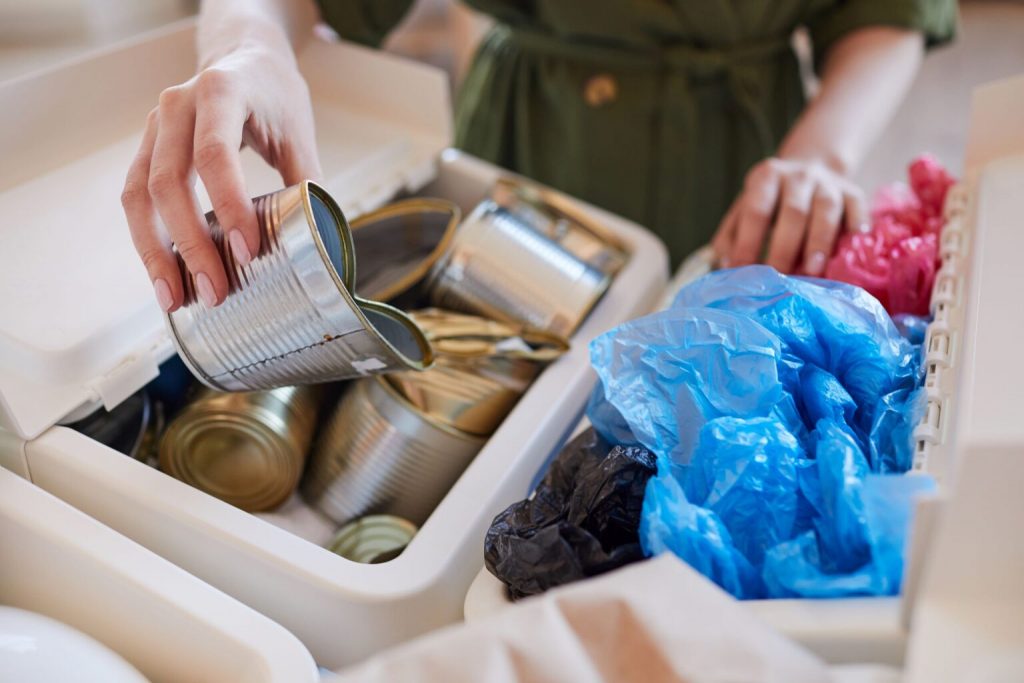
Recycling alone is not enough
Here’s a dirty secret: only 9% of plastic products sold in 2016 in Canada actually got recycled. Why? Plastic items are designed for a lot of different properties, but recyclability is not one of them. Plastics are often made of different polymers and additives, making it almost impossible to properly sort items.
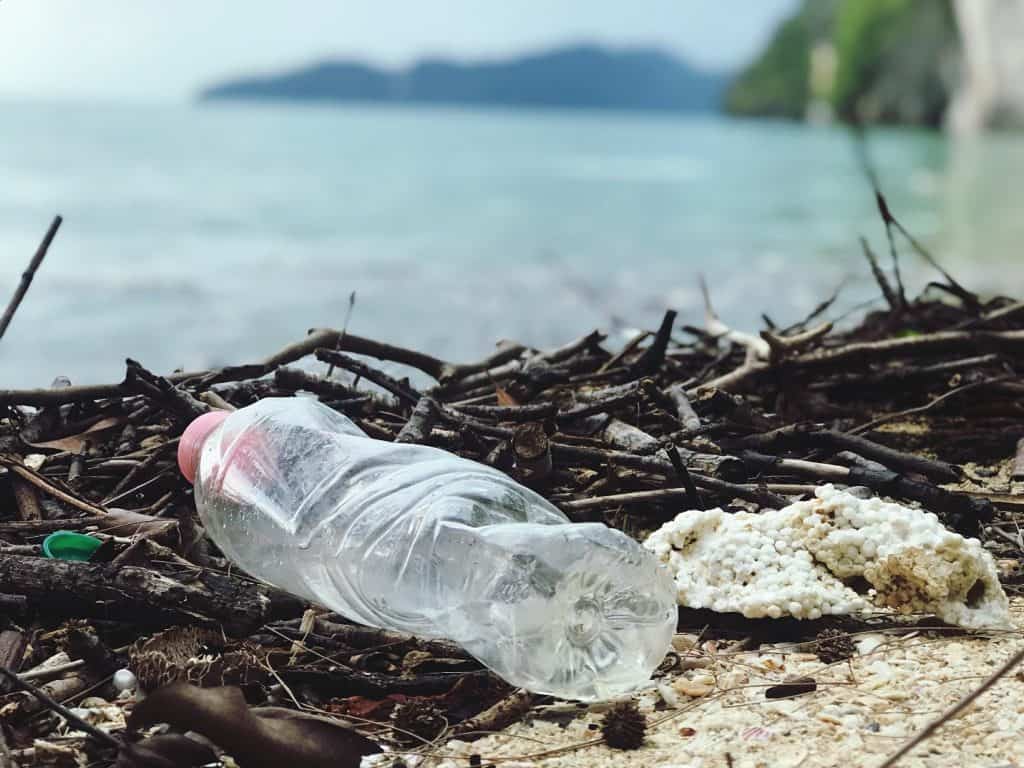
The plastic pollution problem
More than 11 million metric tons of plastic litter enters the ocean annually. Once plastic makes its way to the ocean, it can remain there indefinitely. Plastic causes harm to marine life through entanglement, ingestion, and habitat destruction.
The Ocean Wise Plastic Reduction Program is made possible with additional support from

